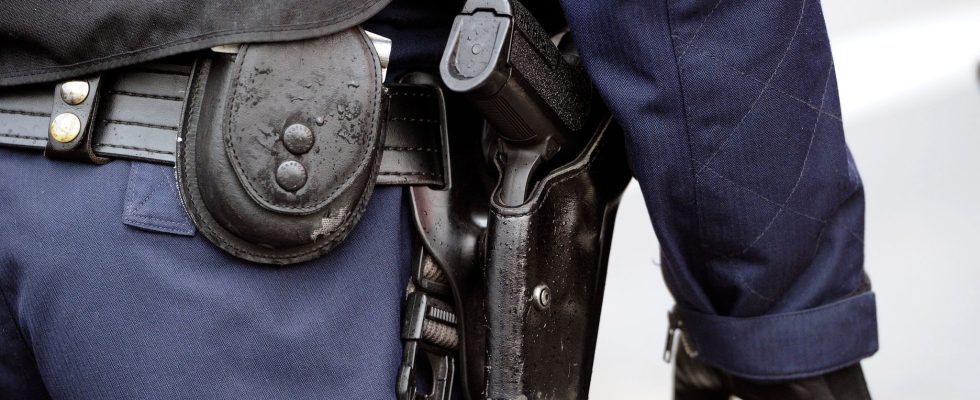Emmanuel Macron judged, this Wednesday, June 28, “inexplicable” and “inexcusable” the death of Nahel M., the 17-year-old teenager killed by a police officer Tuesday morning in Nanterre. “Nothing, nothing justifies the death of a young person”, affirmed the Head of State on the third day of his visit to Marseille, evoking “the emotion of the whole nation” and assuring “respect and affection” to the victim’s family.
The death of the young man after a refusal to comply, which caused serious tension last night in several towns in the Paris suburbs, rekindles the debate on the conditions in which the police use their weapons. After the death of a Guinean in mid-June near Angoulême, Nahel M. is the second to be killed in 2023 under these circumstances. In 2022, 13 deaths had been recorded.
“A refusal to comply every twenty minutes”
According to the Minister of the Interior, Gérald Darmanin, and the police unions, the police face “a refusal to comply every twenty minutes”. What exactly do the official figures say? In 2021, around 27,000 refusals to comply were recorded by the authorities, an increase of almost 50% in ten years. Among these, 5,247 refusals to comply with “risk of death or injury” were recorded, according to the latest figures from Road Safety. The anti-drug policy – tenfold increase in narcotics screenings from 2010 to 2021 – and the growing number of drivers without a license – 620,000 in 2021 – can explain this increase by which the police justify the increase in fatal shootings.
According to several experts, the increase in fatal police shootings is also the consequence of a recent change in legislation. When can the police shoot? A law of February 2017 thus modified the conditions for opening fire on police officers, who were until then subject to the Penal Code and the principle of self-defense, like any citizen.
Article 435-1 of the Internal Security Code (CSI) now provides that they can shoot if they refuse to comply, if they cannot stop the car other than by using a weapon and if the driver “is likely to perpetrate […] attacks on their life or their physical integrity and that of others”.
“An alignment of the rules with those of the gendarmes”
But the principles of “absolute necessity” and “strict proportionality” of self-defense remain, blurring the scope of the text which, according to a senior police officer interviewed by AFP, has “broadened the scope of use of weapon of the policeman, it is indisputable”.
“This new law, which is actually an alignment of the rules with those of the gendarmes, has contributed to the increase in the number of shootings”, explained already a year ago, to L’Express, Jacques de Maillard, professor of science policy at Sciences Po Saint-Germain-en-Laye and author of Fonts compared.
In a statistical study published last September, researchers Sébastien Roché, Paul le Derff and Simon Varaine have demonstrated that fatal police shootings at moving vehicles increased fivefold between before and after the law was passed. “It appears that the 2017 law has resulted in more frequent attacks on the lives of citizens by the police,” conclude the researchers.
